12-part recipe for product descriptions that sell
- Fahad H

- Sep 11, 2017
- 8 min read
When it comes time to write a product description, you need to do a lot more than simply describe the product. You need to actively market it.
Unfortunately, many digital strategists don’t take the time to do that. Instead, they just copy and paste some plain-vanilla specifications about the product and throw in a little more detail for good measure.
That doesn’t compel people to make a purchase.
Shoppers who land on a product detail page are like fish who’ve just started nibbling at the bait. The product description is meant to set the hook and reel them in — and as we head into the busy shopping season, that’s more important than ever.
In this article, we’ll go over how you can write product descriptions that land sales.
1. Get to the point
The first thing to keep in mind when writing product descriptions is to get straight to the point.
Why? Because online shoppers generally won’t spend a lot of time reading text.
Shoppers don’t exhaustively read every word of a product detail page, according to a study by Nielsen Norman Group. Instead, they scan.
If you can say what you need to say about your product in a few words, readers are more likely to get the message when they scan the description.
That’s also why bullet points are so valuable in product descriptions. They make it much easier for people to skim the text.
Further, according to that same NNGroup study, the first two paragraphs contain the most important info. Online shoppers tend to read product descriptions in an “F” format, with those first two paragraphs consisting of the upper and lower bars of the letter “F.”
That’s why you should pack as much info as you can in those two paragraphs.
2. Answer questions
Although you should get to the point in your product descriptions, you also need to offer enough information so that customers can make an informed decision.
It’s a balancing act.
NNGroup says that 20 percent of failed transactions can be attributed to incomplete or unclear product information. If you leave your shoppers’ questions unanswered, you not only risk losing the sale of the product, but you also risk people abandoning your site forever.
Further, NNGroup highlights two main consequences of incomplete product detail:
The customer abandons the sale for lack of info.
The customer makes assumptions about the product, orders it and finds out later that it’s not what was needed.
Both of those situations can harm your brand.
The good news, though, is that you can include sufficient product info while also getting straight to the point.
How? By cutting out superfluous language in your product descriptions.
I recommend adding an FAQ to all of your important product and service pages.
Not only does it help with product description SEO, but the user loves it.
In a recent test we did, we saw that around 15 percent of users actually clicked on the FAQ at the bottom of the product page. Adding the FAQ increased conversions by 9 percent.
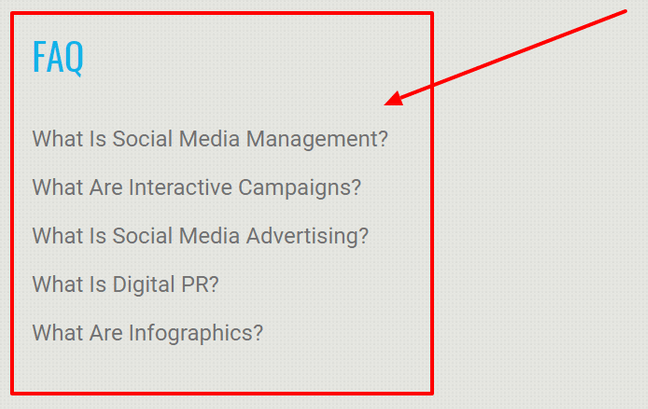
3. Benefits, not just features
You don’t just want to describe product specifications, though. Way too many companies fail Marketing 101 by using the product description page to describe only the features of the product and not the benefits.
Sure, there’s no doubt that some shoppers will want to read specs, but that’s not all you should offer. You’ll more likely close the sale by describing benefits alongside features.
Take a look at the product description for the Emmy faux suede peep-toe wedge on Maurices’ website. Here’s how it reads:
Soft faux suede
Cut out heels and sides
Peep toe
Lace up back
Lightly padded footbed
2 ¾ inch solid heel

While that description is definitely scannable (see above), it really just describes the features of the product and not the benefits. Also, it is almost impossible to see with that font.
Now, flip over to Amazon.com and look at the product description for this case.
See how each item speaks to a specific customer pain point and benefit?
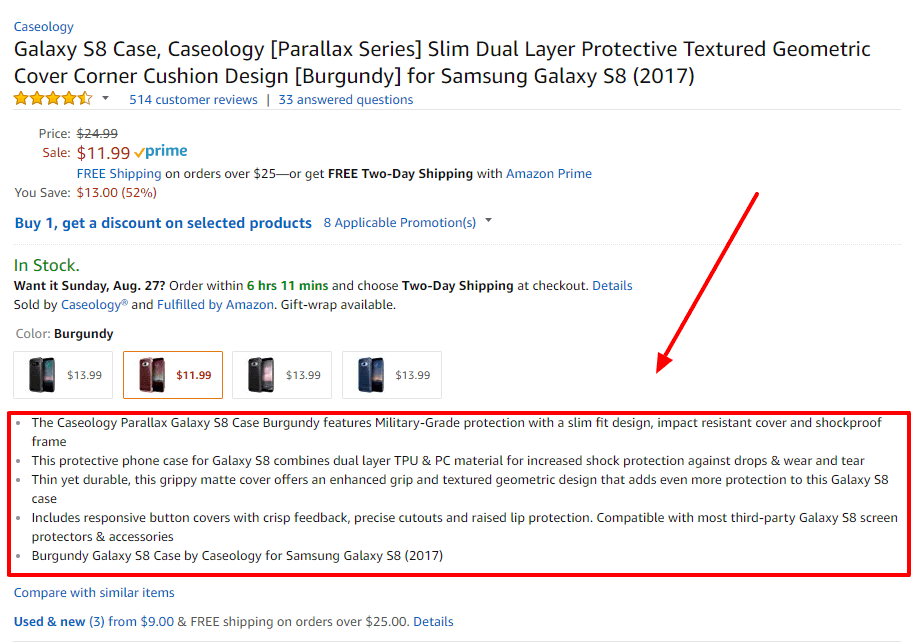
4. 4K UHD picture quality
Enjoy incredible picture and dramatic detail with UHD. Its 4K resolution means everything you watch looks 4x sharper than Full HD. See the detail from your favorite race car and see all the logos, or read the name on the back of every jersey to know who just scored in your favorite sports team. Movies will enjoy greater depth, further drawing you into your viewing experience.
That’s quite a bit better, isn’t it? It conveys benefits (“everything you watch looks 4x sharper”) instead of just features.

It should be noted, though, that the product’s technical details are described in the “Specifications” section. It’s not likely that people will abandon the page for a lack of information.
To top it all off, the description uses a subheading that conveys benefits (“Picture Quality”). That means when people scan it, they’ll get a marketing message.
Follow that example in your own product descriptions.
Remember: It’s important to answer the customer’s WIIFM (“What’s In It For Me?”) question. You do that by highlighting the product’s benefits and not just its features.
5. Use product specifications for inspiration
Sometimes, you can get inspiration about product benefits by reviewing specifications and technical write-ups. Legendary advertiser David Ogilvy did just that back in the late 1950s.
Back then, Ogilvy had just won the Rolls-Royce account. He was tasked with writing an ad for the company’s latest model.
After many fits and starts, here’s the headline he went with: “At 60 miles an hour, the loudest noise in the new Rolls-Royce comes from the electric clock.”
That ad is widely regarded as one of the greatest moments in the history of marketing.
Although there’s no doubt that Ogilvy was an advertising genius, he really didn’t make that headline up by himself. It came from a technical editor’s write-up in “The Motor,” a British car magazine.
In other words, somebody was describing the car from a technical perspective and Ogilvy cribbed that description for his own ad.
Here’s the takeaway: Even though your product detail page should highlight benefits, you will still need to understand the features of the product to properly communicate those benefits.
In fact, when you go over the product description, you might have a “eureka” moment like Ogilvy did with the Rolls-Royce ad.
Oh, by the way — after Ogilvy ran that ad, Rolls-Royce sales increased 50 percent.
6. Talk the way your customers talk
When you write your product descriptions, you should sound just like your customers.
For example, if the people in your target market are scientists, then you’d probably want to use a lot of academic lingo in your product descriptions. That kind of language will convince shoppers that they’re among friends.
On the other hand, if you’re marketing women’s fashion items, consider using the same kind of language you tend to see in a “Cosmopolitan” headline.
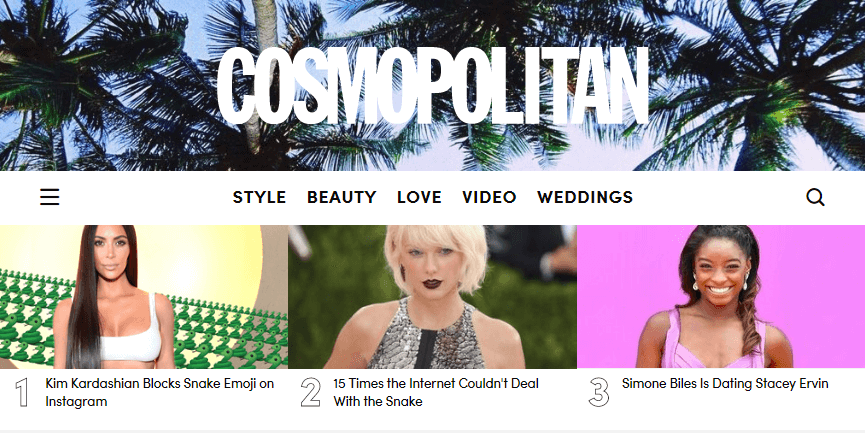
Hang out at online forums and blogs where people in your market are spending their time. Take note of the language, jargon and grammar that they use.
Then, make sure your product descriptions sound like they were written by one of your customers.
7. Mine reviews for nuggets of gold
Another way to get great product descriptions is to look at reviews. They’ll often contain some good takeaways about product benefits from the customer’s perspective.
For example, an offshore fisherman might write a review of a new lure with a statement like: “I blame your company for getting my deck so bloody!”
Believe it or not, that’s a positive review.
Why? Because a “bloody deck” is a sign of a great day fishing offshore. Every offshore fisherman knows that.
Now, if you’re the person running the e-commerce site that sells those lures, you could work the concept of a “bloody deck” into your product description.
Maybe you could include a heading that reads: “We apologize in advance for getting blood all over your deck.”
Again, you’re speaking the language of people in your target market. You’re also conveying benefits.
Keep in mind, though, that you don’t just need to mine your own reviews to get inspiration for product descriptions. Feel free to look at the reviews of competitors’ products. You’ll likely find some great ideas there as well.
Here is an example of a customer review from Bass Pro Shop regarding one of their casting rods.
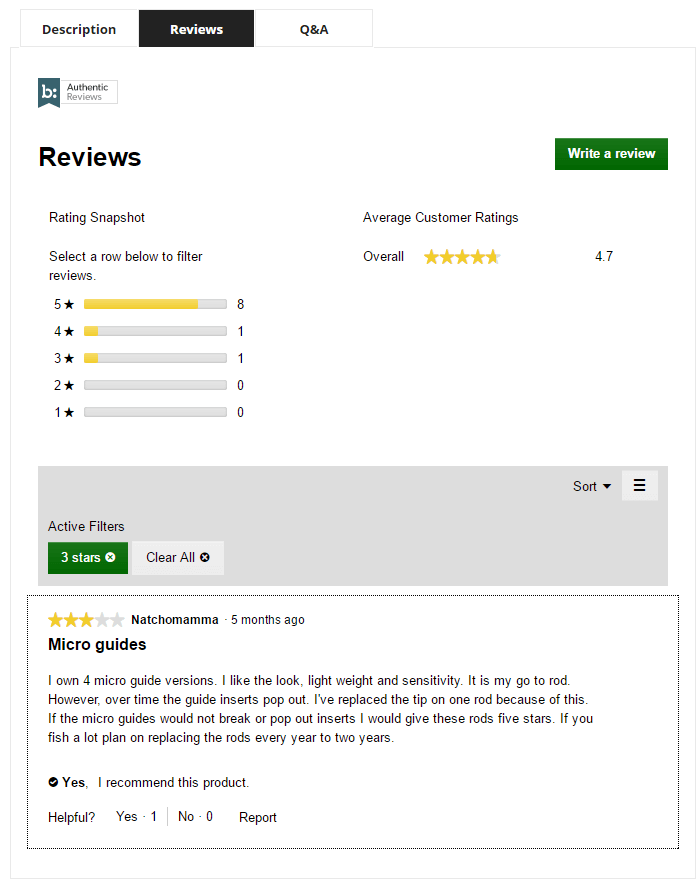
When you read the review, it shows you what the customer loved. The person loves the light weight and sensitivity. It is a “Go-To Rod!”
Even so, he or she has some challenges. Fix that “pop out” issue for this consumer and others, and this product will be an even bigger hit.
8. Tell stories
Have you read Seth Godin’s book “All Marketers Are Liars?” If you haven’t, you should. (By the way, we are not all liars!)
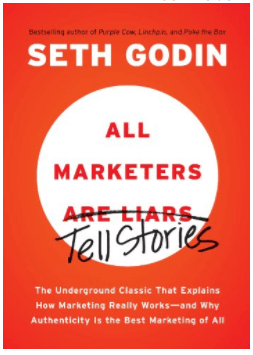
The premise is simple: All marketers tell stories. That’s why consumers believe that wine tastes better in a $20 glass than a $1 glass. That’s why they also believe that $200 sneakers feel better on their feet than $30 sneakers.
Basically, the gist of the book is that if you want to resonate with people in your target market, you need to tell a great story.
Godin isn’t alone in believing that.
Rob Walker and Joshua Glenn conducted an anthropological experiment to see if they could sell stuff on eBay by adding personal stories to the product descriptions.
Long story short: They succeeded. In fact, they determined that personal stories added perceived value to the products.
In one example, they resold a 99-cent ceramic horse head for $62.95 — a 6,258 percent increase over the purchase price.
Consider adding stories in your product descriptions to close the sale. Put a human face on your marketing, and you’ll likely see an improvement.
9. Answer objections
Another great way to help lead customers further down the sales funnel is to answer objections up front. You should do that in your product descriptions.
To make that happen, you’ll likely need to do some brainstorming with members of your team. Get in a meeting and ask everybody to come up with “whataboutisms.”
Whataboutisms are objections that potential customers might raise as they consider buying your product. You need to answer those objections or risk losing the sale.
For example, if you’re selling an offshore fishing lure, someone might ask: “What about the durability? How long will the lure last?”
Answer that up front with a sentence like: “We used this lure to land over 100 billfish. Afterwards, it looked just as good as when we took it out of the box.”
Once your team has made a list of whataboutisms, it’s time to produce copy that answers every one of them.
10. Make it easy for shoppers to compare
If you’re selling multiple products that belong to the same product line, one of the best things you can do for your customers is enable them to easily compare different products.
Comparing multiple offerings is one of the most crucial user tasks. You can’t assume that people will know which of multiple products is the best for them without having to compare the options.
I have a client who built a whole website based on this. It’s a cool concept, and you can see the product comparison here.
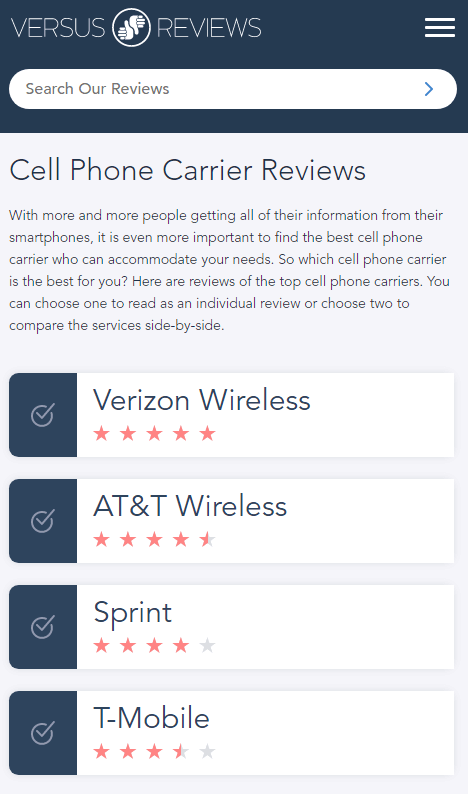
You also want to do this on your own site, especially if you run an online marketplace.
If you don’t offer a user interface that makes it easy for people to compare the features and benefits of various products within a single line, consider changing that right away. Get with your development team to scope out the task and make it happen.
11. Avoid puffing; be specific
If you’ve been doing this marketing thing for any length of time, you might be familiar with the term “puffing.” It’s a legal word that allows marketers to get away with bragging rights.
For example, if you run an ad that reads: “We offer the best running shoes in the world,” you probably don’t have to worry about getting sued for false advertising, even if your shoes aren’t the best in the world. You’re just expressing an opinion.
Although puffing might keep you out of litigation, it’s not always good marketing.
The ad above, for example, is just too vague. It doesn’t offer the reader any detail.
Now, suppose you ran an ad with a quotation from a famous track star who said: “I took five seconds off my best time in the mile when I switched to these running shoes.”
That’s specific and conveys an immediate benefit in one short sentence. It also includes a testimony from an authority figure as a cherry on top.
Go over your product descriptions and look for vague, salesy promises. Eliminate those in favor of specific benefits.
12. Use white space
When it comes to writing product descriptions, you need to concern yourself with more than the actual words you use. You also need to think about layout.
Basically, your words need breathing room.
Make sure you put a healthy amount of white space between sentences.
But this is too much… :)
Put an even healthier amount of white space between paragraphs.
If your sentences and paragraphs are crushed together, you’re forcing shoppers to strain their eyes as they try to read what you wrote.
That just makes it more difficult to close the sale.
Use these tips
A good product description is your last, best hope to close a sale. Make sure you invest the necessary time and research required to produce product detail pages that convert curious shoppers into paying customers.








Comments